Hailstorms may cause serious on a roof, causing extensive damage. A hailstone's collision can bruise or fracture roofing shingles, causing water intrusion into your property. While you can't always prevent hail damage, you may help minimize the amount of damage by detecting problems early, taking action to repair or replace your damaged roof as soon as feasible, and using Class 4 impact-resistant roofing shingles. But it's important to know, how does hail damage a roof?
After a hailstorm, you might be thankful that your company was unscathed. There are a few dents in the roof and a few broken tree branches here and there, but your structure is still standing and will presumably fight another day. Unfortunately, many individuals are unaware that even a slight amount of hail damage can have significant long-term and expensive ramifications.
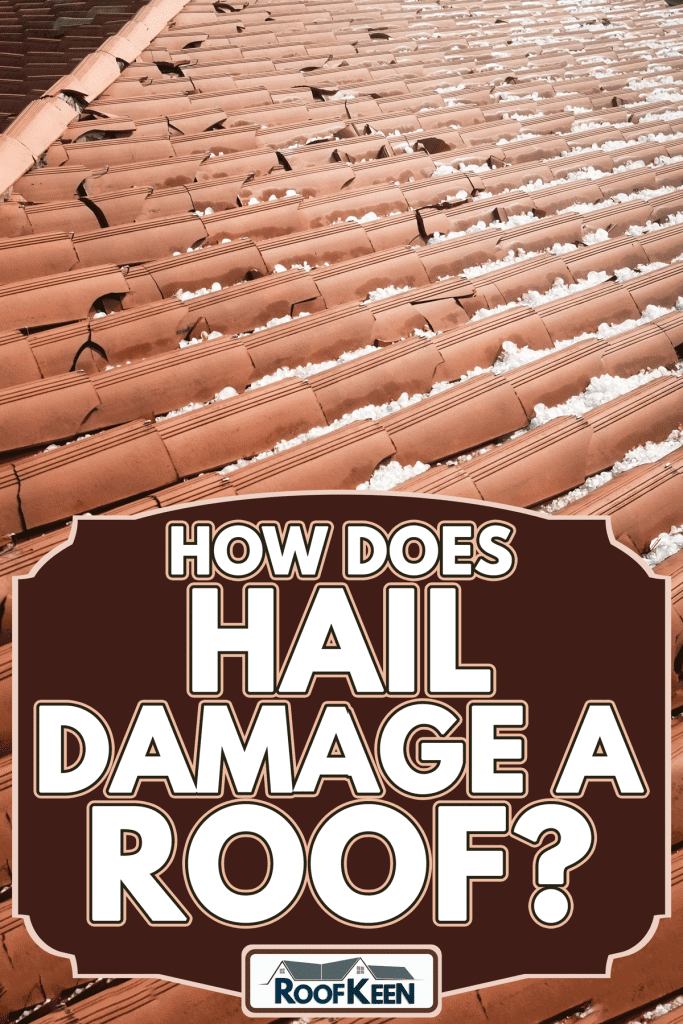
How Does Hail Damage A Roof?
Understandably, company owners would instead put off making an insurance claim as much as possible. Too many claims on your policy will raise your premiums, and you don't want to be accused of performing needless repairs. Shingles that have been pockmarked may not appear to be claim-worthy damage. Still, the effects of "superficial" deterioration can range from minor leaks to the entire collapse of the building.
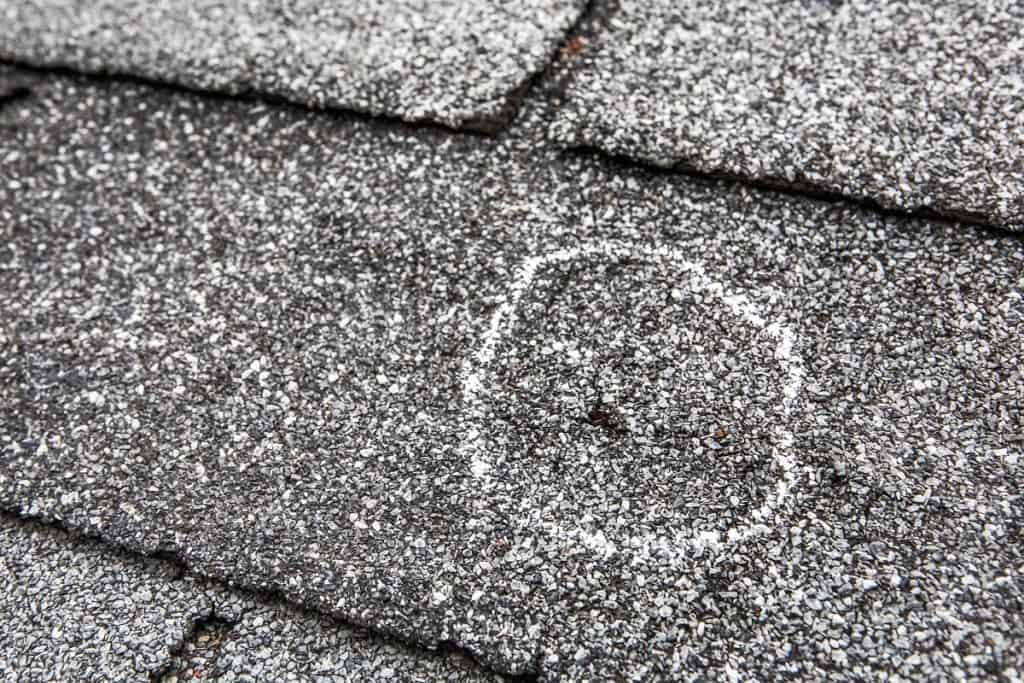
Here's a guide of how hail damage might develop if it isn't addressed promptly:
After the storm
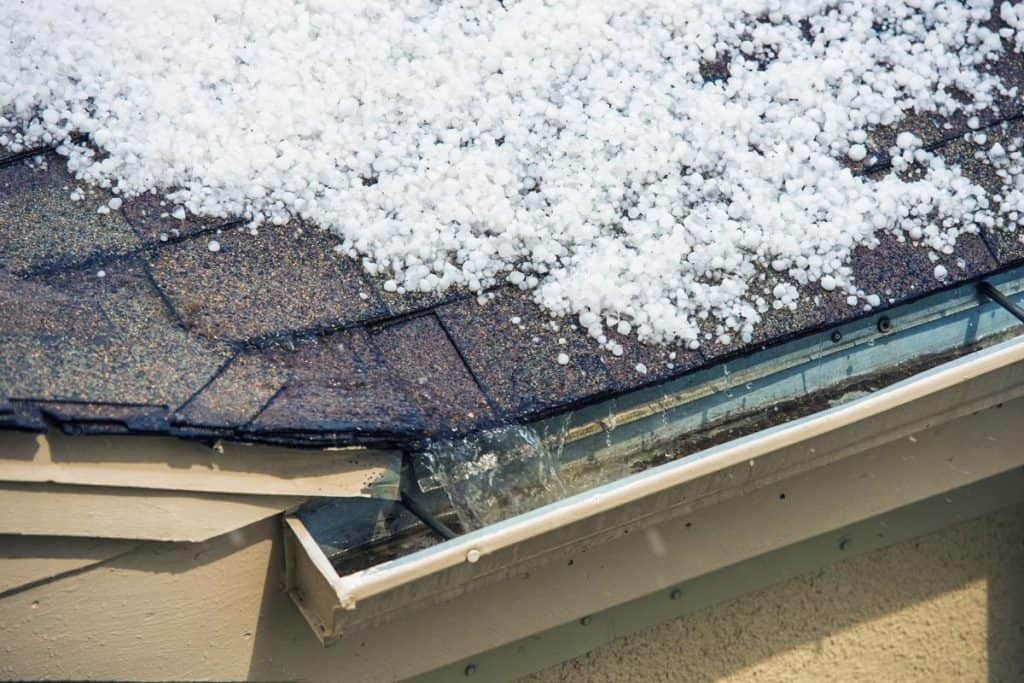
Hailstones may dent and pockmark shingles, granules from the shingles may clog gutters, and gutter debris may accumulate in places where drains have been blocked. This exposes the underlying asphalt layer to the elements, and as a result, it often loosens the connection between the asphalt layer and the remaining granules.
A few weeks later.
The asphalt layer is weakened by ultraviolet light from the sun every day, making the shingles brittle. This type of damage can spread along with the top layer, which can cause it to buckle fully. The shingle's expansion and contraction cause further harm to damaged regions.
Months later.
Winter is approaching. In colder weather, damaged shingles may crack, allowing water to seep through small gaps and into the roof. Shingles that have lost many granules may curl at the edges, making them more prone to being torn off in strong winds.
Years later.
As granules flake off, shingles become less and less able to prevent leaks. Water may seep into attics, storage areas, or utility closets, causing electrical issues as well as inventory loss. If leaks are not fixed promptly, surrounding wood may grow or modify, necessitating the closure of areas while damaged regions are torn down and replaced.
Hail damage may have been prevented if the owner had addressed the issue immediately after insurance companies frequently denied the storm. It makes sense from an insurance company standpoint since paying for a small amount of damage immediately rather than rebuilding everything later is more cost-effective. A homeowner must act quickly to collect fair payment for a weather-related case. If claims are not filed promptly, a business owner may lose the right to compensation.
After a Hail storm, several types of damage might happen to your roof. Now let's see what kinds of damage can occur to your top.
Types of Roof Roof Damages with Hali
Hail Damages on Your Surface
The most common type of damage to your roof is surface damage. If you have an asphalt shingle roof, after a hailstorm, you may notice the following indications of wear and tear:
- Small divots
- Round black areas
- Bruises and/or
- Loss of protective granules in gutters and downspouts
Roof Hail Damage That Is Hidden and Linked
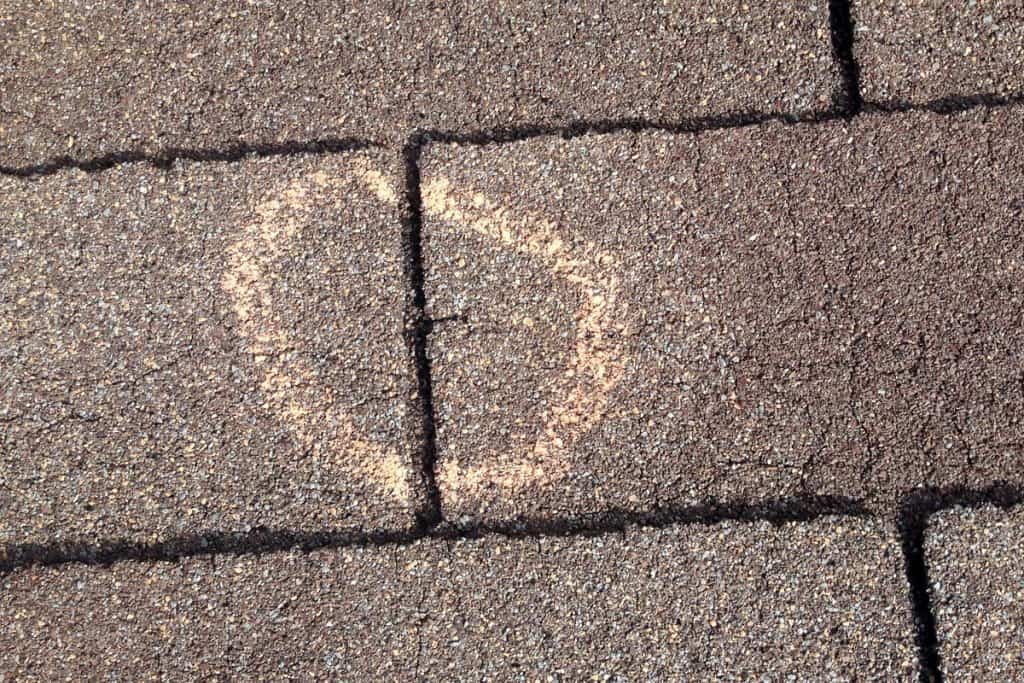
Hail may damage your roof in several ways, including breaking off shingles and leaving jagged edges that fly into the air. Some hail damage is visible on a roof's surface; however, not all hail damage can be detected by looking at the surface.
It's necessary to hire a roofer to conduct this kind of inspection because they can raise, examine, and reseal shingles as needed. Inspecting other roofing components for damage, such as flashing, roof vents, skylights, gutters, and chimney caps or covers, is an additional service provided by a professional roofer.
Roof Damage from Imitation Hail
It's critical to accurately identify the type of roof damage so that the appropriate response strategy may be established, including warranty and insurance claims. An expert roofer should be able to tell apart hail damage from other forms of roof damage, like:
- The sun's blistering and cracking result from UV deterioration from the rays.
- Scuffing damage from when shingles were installed
- Damage caused by wind and debris, and
- Worn-out shingles
After you've confirmed that there's an issue, your roofing expert can provide you with a price and advise on how to proceed in getting your roof fixed or replaced.
Have a roof inspected for hail damage
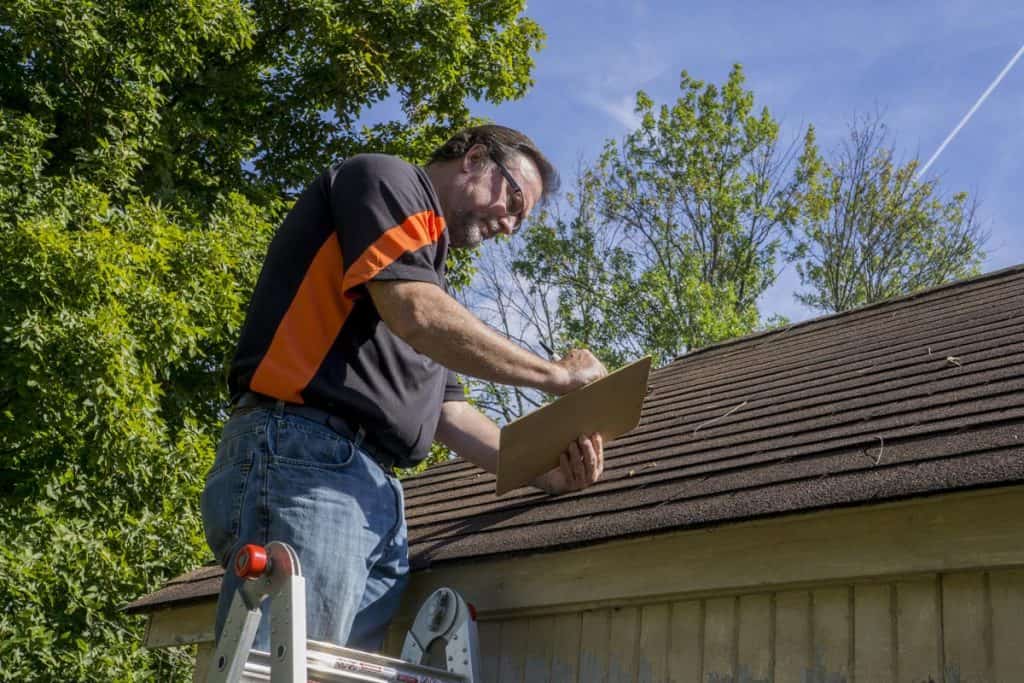
Some roof damage may be difficult to detect from the ground, so get as close to the roof's surface as possible for a thorough evaluation. I propose scheduling an inspection with a reputable roofer that you can trust to check your roof in a safe and timely manner. Roofing contractors generally provide free appraisals and estimates. If you choose to restrict the roof yourself, please observe all necessary safety precautions.
Is it necessary to repair roof hail damage?
It might be difficult to know if a roof has been damaged by hail if only the appearance of the damage is concerned. If water leaks through your roofing system due to hail damage, this is a performance problem that must be addressed right away to avoid water damage to your house.
If hail damage has resulted in granule loss on your roof shingles, it may also have an impact on their durability as well as their appearance. Granules on asphalt shingles help to shield the asphalt from sun UV damage. Shingles that have lost granules have a greater chance of breaking prematurely, even if you don't notice a roof leak immediately.
How to Respond to Hail Damage Claims
Always seek references, read reviews, and compare prices before hiring someone. If required in your region, it's also a good idea to double-check that the contractor has valid insurance and licensing.
Contact your insurance provider as soon after the accident as possible to initiate a claim. Several businesses offer mobile apps and online tools to simplify filing, but you can always call in.
If your contractor is willing to work with your insurance provider, make sure you know exactly what each of them will do and how they will be carried out.
